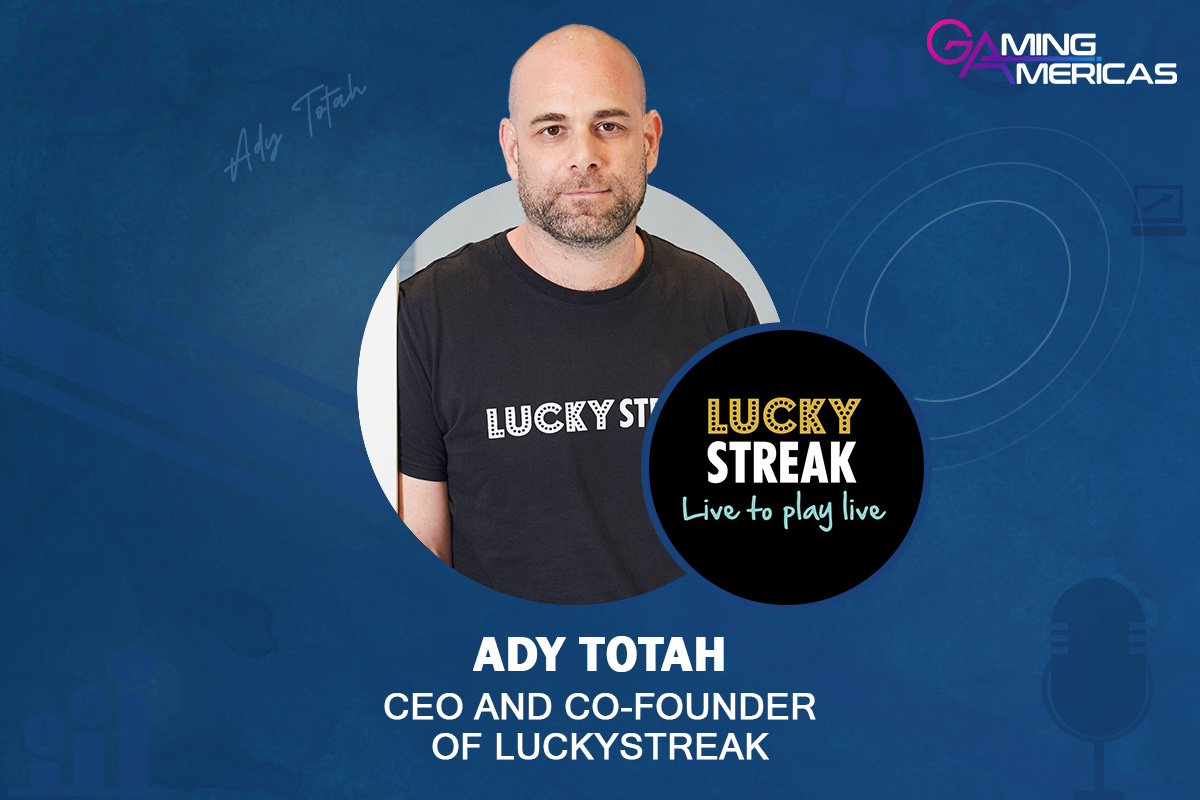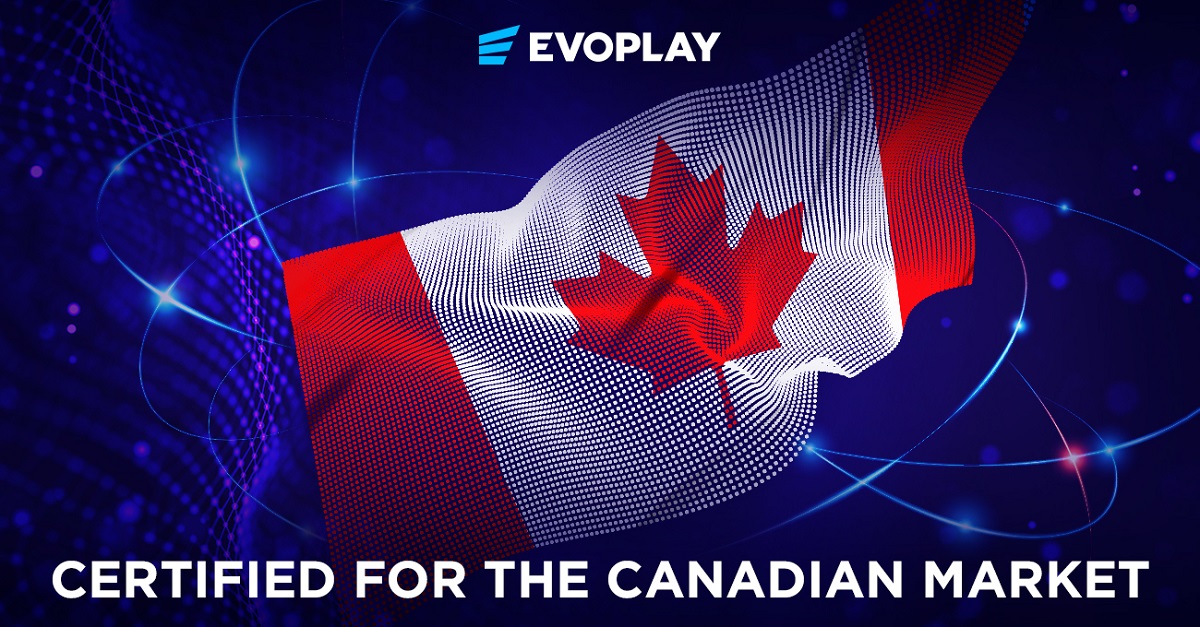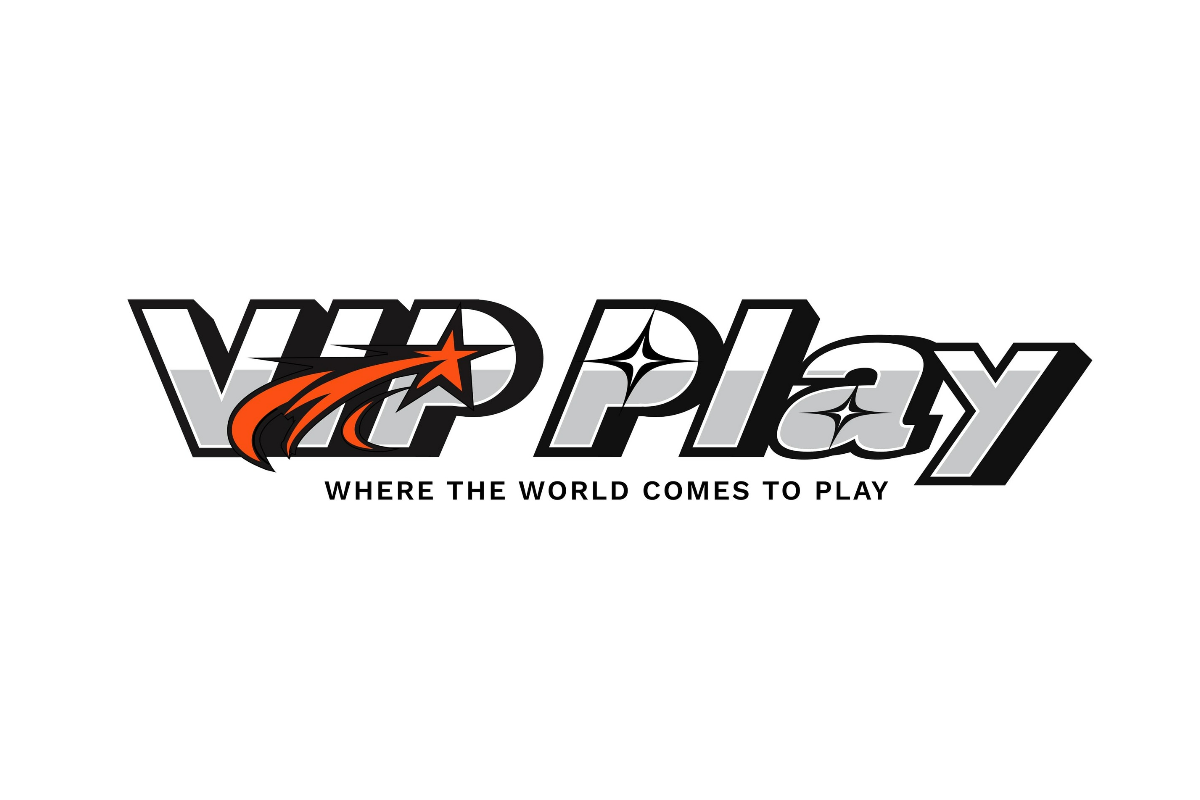
The Evolving Live Dealer Landscape w/Ady Totah, CEO and co-founder of LuckyStreak
How has the live dealer landscape progressed over recent years?
Live dealer has become a core vertical in online gaming, now making up about a third of casino revenue. What’s interesting is that it’s driven by a relatively small number of studios. It’s a capital-intensive business with no guarantees, but if you get it right, the player loyalty is worth the investment.
The industry has evolved in key areas:
- Streaming and quality: HD is standard, but now latency, mobile optimization, and stability are the focus
- Game Variety: the core games – Blackjack, Roulette, and Baccarat – still dominate, but regional favorites like Teen Patti and Andar Bahar are gaining ground
- Gamification and engagement: jackpots, tournaments, and cash drops are making live dealer more interactive
- Customization: greenscreen technology has been a game-changer, allowing operators to brand and tailor their tables like never before
- Hybrid formats: live dealer is no longer just about table games; game shows, wheels, and interactive experiences are expanding the category
At its core, live dealer is about creating an immersive and social experience. That’s why innovation in engagement and customization continues to be a major growth driver.
With live casino being relatively new to some markets, such as the US, how do players interact with the vertical? How do player preferences differ across geos?
For players new to live dealer, the reaction is almost always ‘feels like a real casino!’ The human interaction and transparency make a big impact.
In the US, live dealer is being embraced quickly, especially in social and sweepstakes casinos. Players there are used to land-based casinos, so high-quality live games feel familiar. Blackjack is the dominant game by a wide margin.
Other parts of the world have different preferences. In Asia, there’s a strong preference for Teen Patti, Dragon Tiger, and Baccarat. Baccarat is also the top choice in Italy and much of Southeast Asia. In Turkey, Roulette is by far the most popular game, though we also see strong affinity toward Blackjack. In Europe, Blackjack leads, but Roulette is consistently strong, particularly in markets like India.
Across all markets, the common thread is that live dealer isn’t just about the game – it’s about the experience. Players want interaction, immersion, and trust in the gameplay.
What technologies resonate well with players, and conversely, what is lacking engagement?
Reliable streaming is the baseline expectation. It needs to work flawlessly, especially on mobile. From an operator’s perspective, greenscreen technology has been a game-changer. It allows for branded and localized environments without physical set builds, giving operators full control over their branding and user experience.
Gamification and promotional tools, such as cash drops, leaderboards, and jackpots, also drive engagement, particularly in social and sweepstakes gaming.
And what doesn’t work? Laggy or low-quality streams are killers. If the experience isn’t seamless, players leave instantly. And fake ‘live’ games, such as pre-recorded tables and AI dealers, miss the point of live casino. Players want real human interaction.
What is the most unexpected or disruptive trend you’ve seen in live casino development that you didn’t anticipate, and how has it shaped your approach?
One of the biggest surprises has been the rise of live dealer in social casinos and sweepstakes gaming. For a long time, social casinos were all about slots, but now we’re seeing massive demand for live dealer in that space. Players want the real casino atmosphere, even when they’re playing with virtual currency.
We’ve adapted to this by optimizing our live dealer games for sweepstakes casinos – adjusting the UI, adding engagement tools, and better game pacing to better fit the model. This shift has forced a change in the way we think about live gaming – not just as a real-money product, but as an entertainment experience that works across different models.
In which markets is live casino experiencing the most growth, and why?
Our core markets of Europe, CIS, and the Middle East continue to show strong, stable growth, with high retention rates among existing players. We’re also expanding into high-growth regions like Italy and Asia where Baccarat is driving adoption. In Africa and LatAm, growth is fueled by higher gambling activity and better internet access. And in Africa specifically, our adaptive streaming technology optimizes for lower bandwidth, making live dealer more accessible in this huge and emerging market.
And it’s not just about where live dealer is growing, it’s also about how it’s expanding into new verticals like social and hybrid models. For us it’s about being ready, agile, adaptive.
How do you expect the live dealer landscape to develop? Are there any emerging technologies that you believe will become game changers in this space?
AI gets a lot of attention, and while I don’t see it replacing human dealers, I do see it as a powerful tool for personalization.
We can expect to see AI-driven table recommendations which may suggest games based on player behavior data, as well as personalised and dynamic challenges and offers that adapt in real-time.
Beyond AI, greenscreen technology will continue to redefine the industry. It makes localization and branding far more cost-effective by allowing digitally generated studio environments. It unlocks innovation and imagination, and empowers operators to create unique and exclusive gaming experiences.
Live dealer is also starting to merge with other formats, so expect to see more game-show-style mechanics, interactive social elements, and even potential crossover with streaming platforms.
Final Thoughts?
Live dealer is no longer a niche product; it’s a dominant vertical in online gaming. The challenge now is differentiation.
At LuckyStreak, we’re focused on making live dealer more customizable, engaging, and adaptable. Whether it’s through branded tables, gamification, or expanding into new markets, the goal is to give operators more flexibility and players a better experience.
About LuckyStreak
LuckyStreak has been producing and streaming world-class live dealer online games since 2014. Launched and led by veterans of the land-based and online casino industry, they have a deep passion for entertainment, innovation and quality service, providing players with an unforgettable, unique and thrilling gaming experience, and impeccably delivered with an unwavering commitment to the highest levels of production, video streaming and reliability.
LuckyConnect was launched in 2017 and is the proprietary integration API for operators, connecting them to a library of over 4000 live dealer and third-party games from leading providers like Pragmatic Play, Yggdrasil, Ruby Play, PG Soft and Red Rake Gaming via seamless wallet API, and one-stop shop of critical services including invoicing, player management, reporting and billing, support centre and content management, with one fast and easy integration.
LuckyStreak products and services are built on a highly secure robust technical infrastructure: utilizing a microservices architecture developed using a cloud-native approach enabling high availability (99.9% uptime), security and flexibility; whilst our critical API technology is protected by symmetric encryption and secure server-to-server connections. Ensuring an optimal playing experience without compromising our service to our customers.









